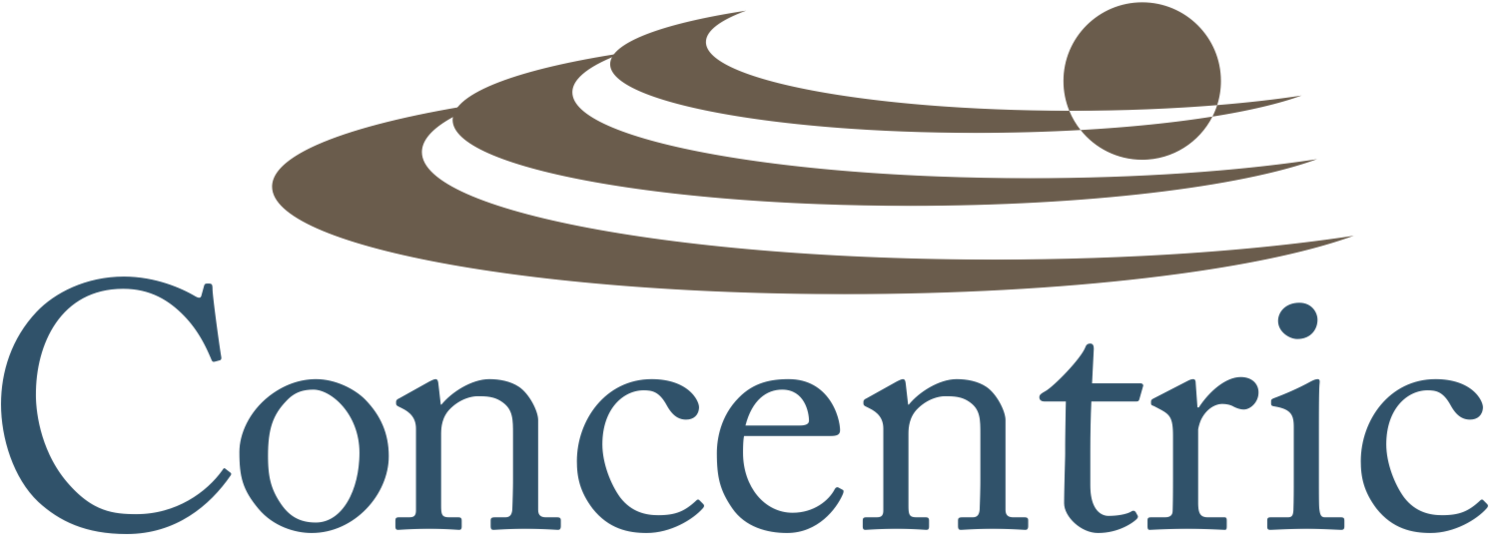SIPOC Diagrams VS Turtle Diagrams
UPDATED 2/23/23: Thank you for reading along as a curious tool appreciator and investigator of turtles - the process map version. If you have not yet done so, read the original blog (The O.G. of Turtle Blogs).
You can get our free Turtle Diagram Mini Book by signing up here.
Ok... Ok... Geez, people! Who would have guessed that a flippin' TURTLE diagram could cause such a stir? Thus far this month, I've been yelled at by an Englishmen, received kudos from readers in India, and have been told that “…my system is in shambles ALL DUE TO THE USE OF TURTLE DIAGRAMS!” Honestly, guys, I will admit that I'm a quality dork, but even I don't care enough about any process improvement tool to start a fight over it. I can honestly say that I never expected something called a "turtle" could cause such internet traffic and conference room debates. Who knew there was an arch-nemesis to the turtle diagram? So… in order to give proper time and respect to the alternative choice, I’d like to present to you the SIPOC diagram.
The SIPOC diagram stands for Supplier Input Process Output Customer. Like the turtle diagram, the SIPOC is a schematic representation of the elements of a single process - starting with the supplier and ending with the customer.
SIPOC is one of many process mapping tools used to inventory all of the significant elements that could have an impact on a process. Any unwanted issue created in any one of the following stages of a process could adversely impact the desired result, ultimately resulting in unhappy customers and/or missed internal targets:
Supplier(s) - who are the internal and/or external suppliers of the process (material or data)?
Inputs - what are the inputs or triggers that prompt your process to act (material or data)?
Process - this is the process at hand that you are trying to illustrate for control or improvement
Outputs - what are the outcomes or results of your process (material or data)?
Customer(s) - who is the internal and/or external customer(s) of your process that receive the outputs (material or data)?
While I personally like the “start with the supplier and end with the customer” (or vice versa) that SIPOC fans promote, I find it very hard to leave the very important additional boxes that the turtle diagram contains - all the stuff (resources) needed to achieve the desired results and make the customer happy.
buy a SIPOC Diagram editable Template
For a more complex analysis of process influencers and impacts, the SIPOC diagram can be partitioned into various categories, similar to a fishbone diagram. The illustration below prompts a process owner to consider elements such as the environment or man as having an effect on the performance of a process.
Like turtle diagrams, process teams can use this tool to define relationships and expectations within suppliers, process teams and customers both inside and outside of the organization. The SIPOC can be used to analyze the variables that are not allowing the process to perform as well as expected. Better yet, the SIPOC can be used through a risk-based thinking approach to ensure a new process is properly designed to achieve desired results. This tool can also be pulled up in front of the process team members prior to making changes in order to evaluate change impact as well as potential changes in risk or opportunities.
Get your editable version of the Turtle and SIPOC Diagrams!
If you would like to learn more about our hybrid tool called the Tu-Poc Diagram - a combination of the turtle diagram and the SIPOC diagram - visit part III of our blog called Tu-Poc Diagram.
Update: Since the original publication of this blog, the ISO 9001 international quality management system standard has updated one of the illustrations that the SIPOC was previously based on. The acronym now used within the ISO 9001:2015 version of the QMS standard (Figure 1, page viii) is source of inputs, inputs, activities, outputs and receivers of outputs. I suppose that acronym would be “SIAUR”? Let’s just stick with SIPOC and Turtles, shall we?


